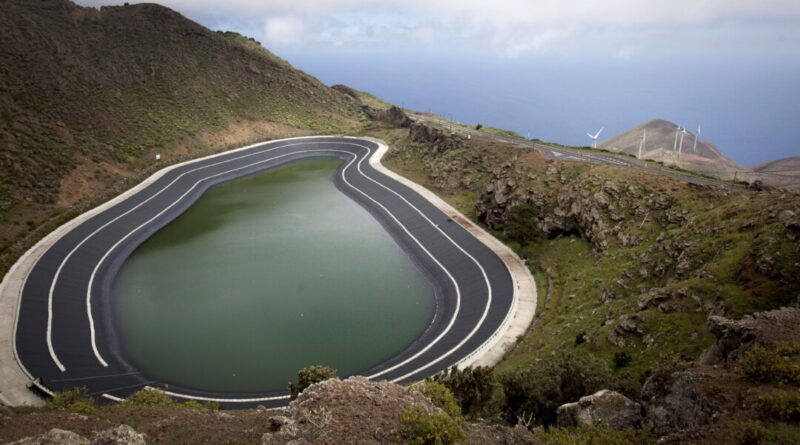Energy Director Suggests Pumped Hydro is More Compatible with Renewables than Nuclear
According to Sunshine Hydro Director Chris Baker, pumped hydro has the capability to generate a base load similar to nuclear power, but at a lower cost to build and in harmony with renewables.
Pumped hydro has been highlighted as a superior option to nuclear in supporting the integration of renewables in Australia’s energy transition, as stated by the director of a hybrid energy company.
During a recent inquiry hearing on nuclear energy, Chris Baker, who serves as the director and Chief Technology Officer at Sunshine Hydro, shared his perspective on new energy technologies and the role of nuclear energy in achieving net-zero emissions.
Sunshine Hydro has been actively developing a hybrid energy solution that combines wind and solar power with deep energy storage in the form of pumped hydro. This energy setup involves connecting two water reservoirs at different elevations.
Excess energy can be utilized to pump water to the upper reservoir for storage, which can then be released and flow back to the lower reservoir to generate electricity when needed.
Projects like Snowy 2.0, set to begin operations in 2028, exemplify the application of pumped hydro technology.
While acknowledging that nuclear power plants can provide a constant base load of power 24/7, Baker emphasized that combining pumped hydro with renewables presents a more viable solution.
Baker explained that pumped hydro has the capability to generate a base load similar to nuclear power and can be rapidly dispatched when needed.
He cited the example of the Wivenhoe Power Station in Queensland, which can inject 500 megawatts of electricity into the grid in approximately 16 seconds.
Moreover, Baker mentioned that pumped hydro is more economical to construct compared to nuclear power plants.
“Pumped hydro currently stands as the most cost-effective form of energy storage,” he emphasized.
The Chairman of Sunshine Hydro, Michael Myer, also referenced the Gen X Kidston pumped hydro project in Queensland as a prime example of significantly lower capital costs compared to a nuclear power station.
Nuclear’s Impact on Renewables
Another advantage of pumped hydro, as Baker highlighted, is its ability to be turned off as needed.
Conversely, he noted that nuclear power plants must run continuously and are challenging to shut down, which could have a significant impact on renewable energy generation.
The constant operation of nuclear plants would displace electricity generated by renewable sources in the power grid.
Using an AP1000 nuclear plant as an illustration, Baker pointed out that at its lowest capacity (15 percent), it would produce 150 megawatts of power.
He indicated that this amount of power could result in turning off 75,000 rooftop solar panels.
Therefore, with the current high adoption of rooftop solar systems, establishing a nuclear industry poses challenges.
“There must be alternative energy sources that do not compete with nuclear energy if it were to enter the market,” Baker concluded.




